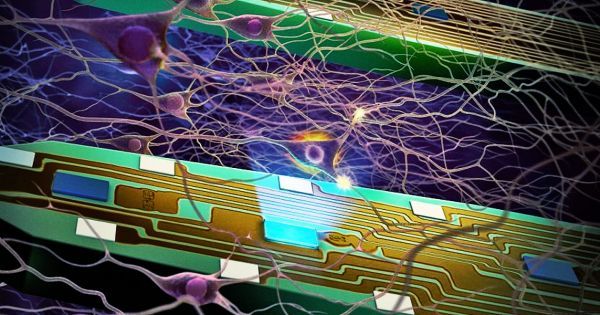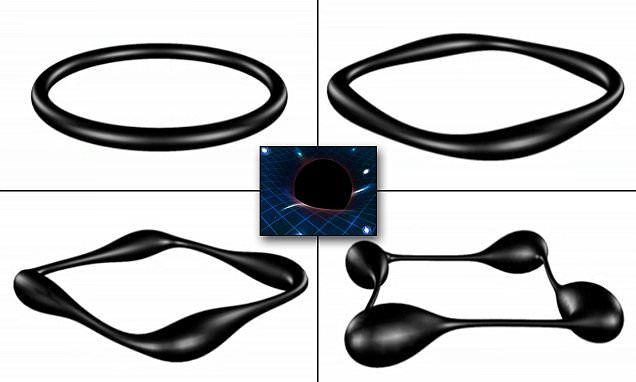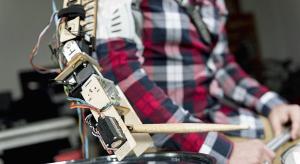
A new chip designed for the brain is now wireless. Now that it is no longer connected using wires, will it compromise its accuracy?
The Nanyang Technological University in Singapore has developed a smart chip that can be used for neural implants in order to wirelessly transmit brain signals to the rest of the body with 95% accuracy. These neural implants, and the data that they register, are expected to help curtail symptoms of diseases like Parkinson’s, and they could also help paraplegic patients move their prosthetic limbs.
For operations, external devices can use the the 5mm by 5mm chip to receive and analyze data before sending back important details, instead of sending the entire data stream all at once. This drastically decreases its power consumption, making the tech far more viable.
Read more

















